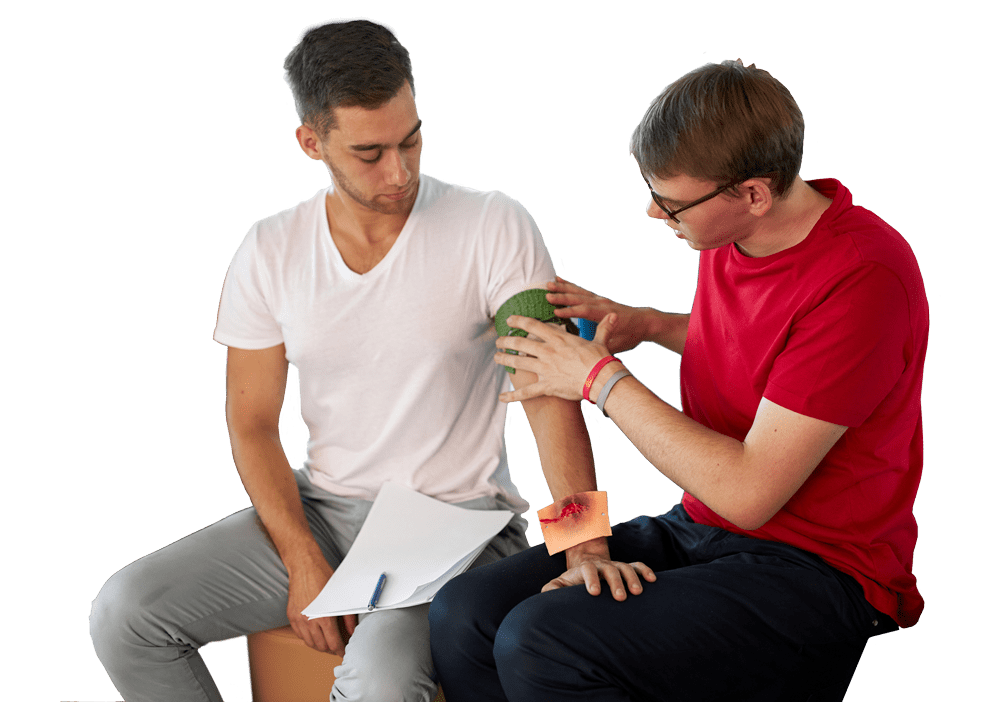
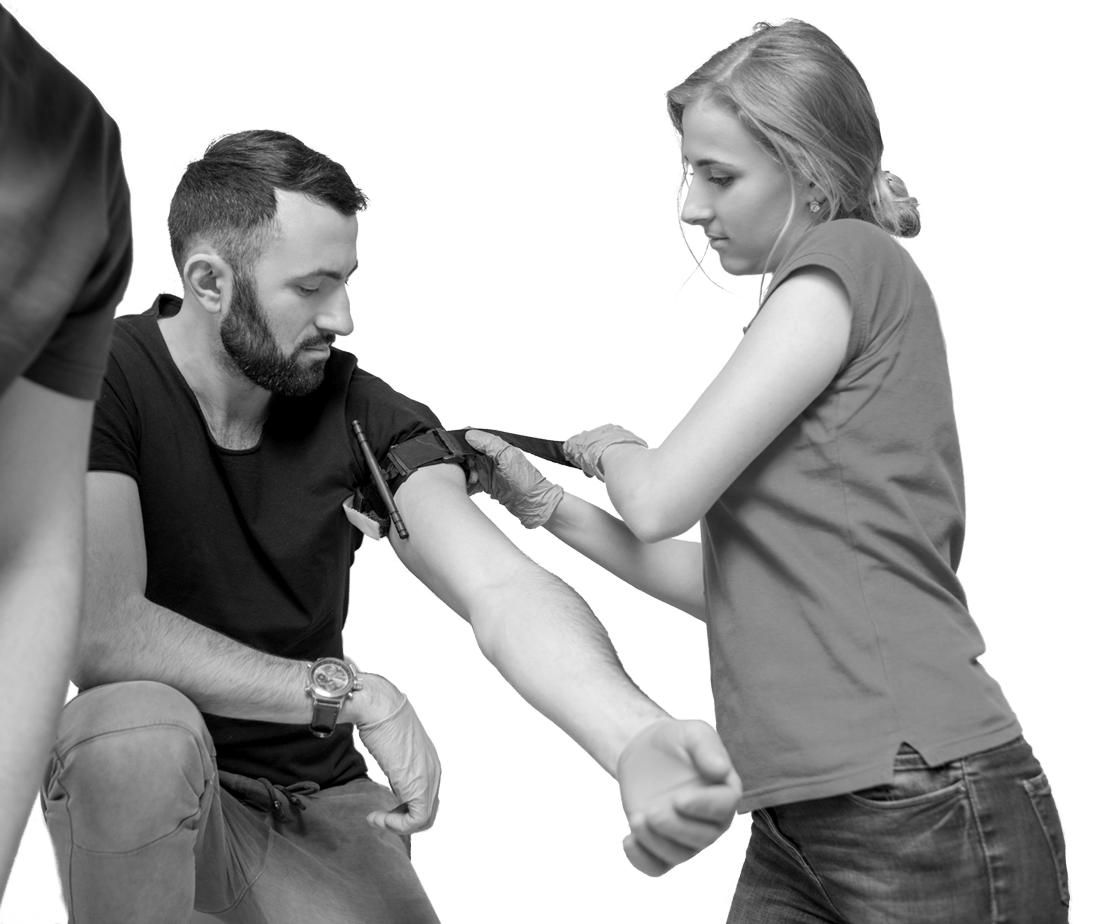
A person who is bleeding can die from blood loss within five minutes. It is imperative to quickly stop active blood loss.
No matter how rapid the arrival of a professional emergency response team, bystanders will always be first on the scene, so we encourage everyone to become an immediate responder.
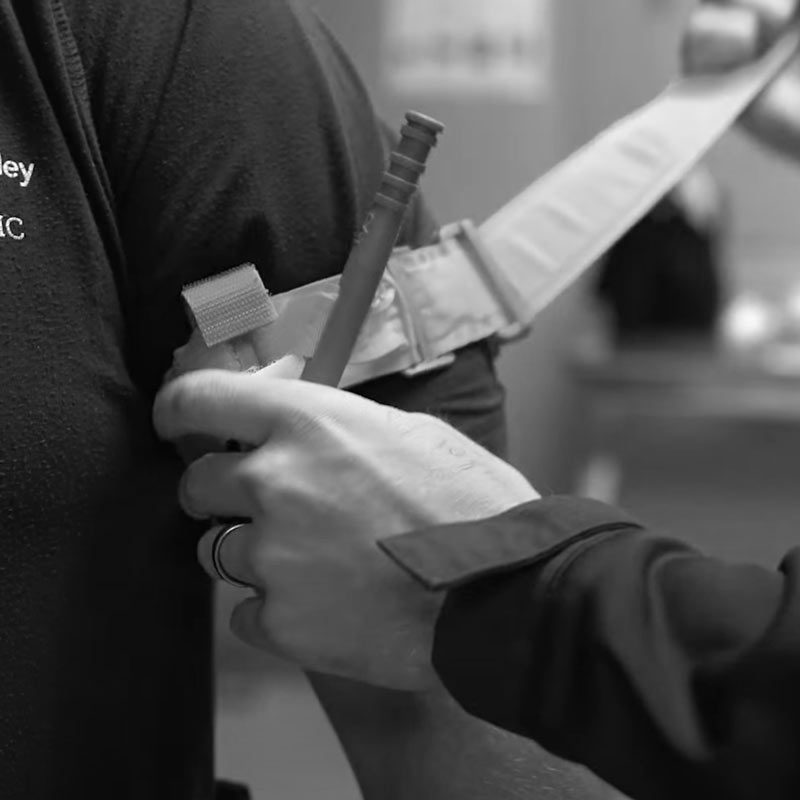
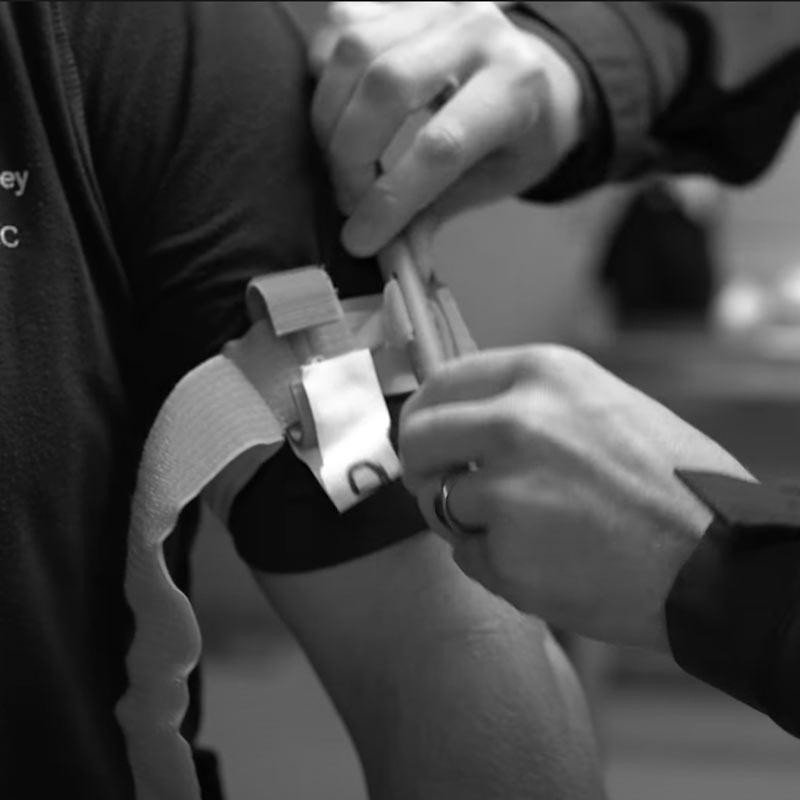
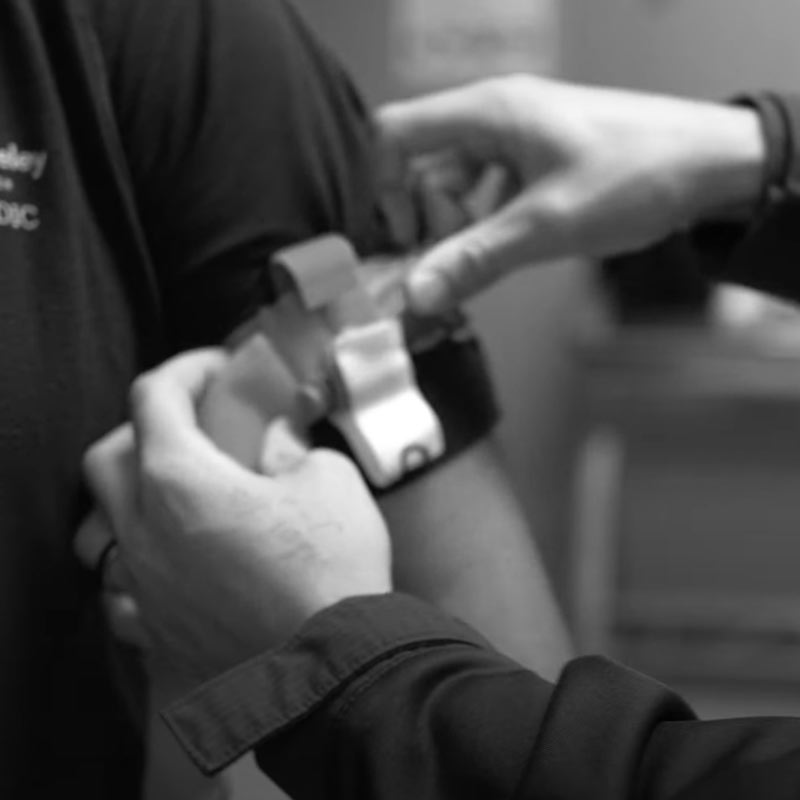
Did you know the number one cause of death after injury is bleeding?
Bystanders can take simple steps to keep an injured person alive until appropriate medical care is available. Follow the steps below to help save a life.
01
Call 911. Don’t assume other bystanders have called 911.
02
Find the source of the bleeding and apply firm, steady pressure with bandages or clean clothing. Place gauze inside the wound if it is deep.
03
If the bleeding does not stop with compression, a tourniquet can be placed and secured over clothing. Place the tourniquet 2-3 inches above the bleeding site.
04
If the bleeding persists, place a second tourniquet closer to the body from the first tourniquet.
https://www.panhandlerac.org/
http://www.b-rac.org/
http://ntrac.org/
https://www.bigcountryrac.org/
https://www.detrac.org/
https://borderrac.org/
http://www.texasjrac.org/
http://www.cvrac.org/
https://centraltexasrac.org/
catrac.org
https://hotrac.org/
http://bvrac.com/
https://tracv.org/
Together with private sector and nonprofit organizations, the “STOP THE BLEED®️” campaign is putting knowledge gained by first responders and our military into your hands to help save lives. Select your region below to learn more and find the resources nearest you.
If you would like to learn more about how you may provide this valuable, life-saving information to your community, please contact us using this form.